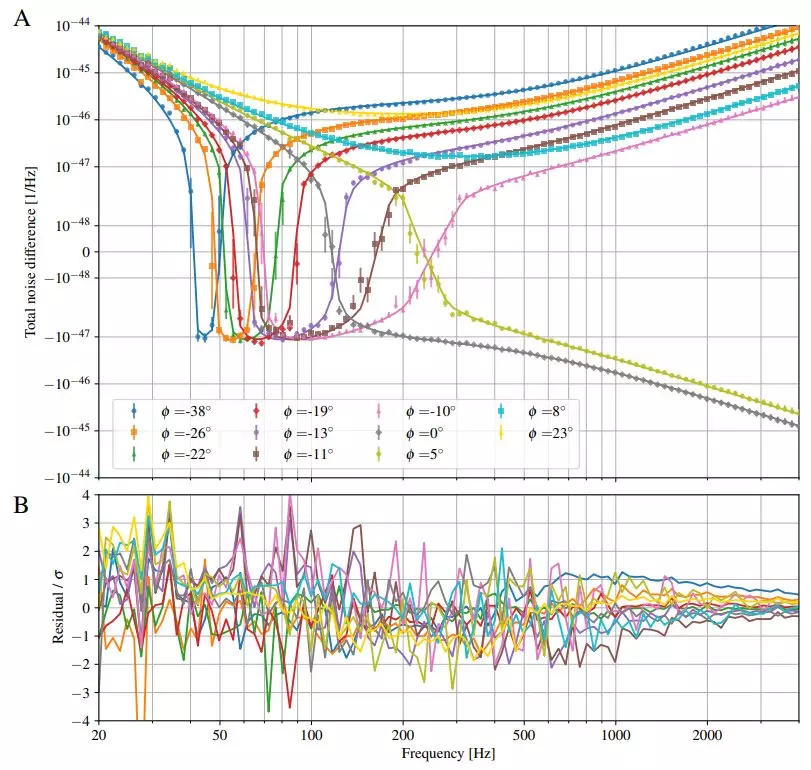In the pursuit of understanding the universe, scientists have long sought ways to detect elusive phenomena, such as gravitational waves. A breakthrough achieved by researchers at the Laser Interferometer Gravitational-Wave Observatory (LIGO) marks a significant step forward in this domain. The team has engineered a sophisticated squeezed light system, as detailed in their recent publication in the journal *Science*. This system is designed to enhance the sensitivity of gravitational wave detection, a vital undertaking given the challenges of separating genuine signals from noise in the form of quantum fluctuations.
At the heart of LIGO’s detection methodology lies the principle of laser interferometry. The process involves splitting a coherent laser beam into two distinct paths that are aligned perpendicularly. The beams travel down extensive vacuum tunnels, bounce off mirrors, and then recombine. Variations in the interference pattern generated by the recombined beams serve as indicators of gravitational waves distorting space-time. However, distinguishing between the minute changes caused by gravitational waves and unintentional flickers from quantum noise has posed significant difficulties.
The innovative modification introduced by the LIGO team involved deploying a specially designed crystal along with upgraded mirrors and lenses. This combination allows for the “squeezing” of light, manipulating it into a more sensitive quantum state. This strategic advancement effectively reduces the flickering noise that has hindered previous detection efforts.
Initial tests following these upgrades indicated a marked improvement, particularly in detecting higher-frequency gravitational waves. Recognizing the initial limitations, the researchers made further refinements, which successfully expanded their detection capabilities into lower-frequency ranges as well. The result of these combined efforts was striking—LIGO experienced a twofold increase in the number of detected gravitational waves.
This remarkable development is not merely an academic triumph; it opens new avenues for cosmic research. With enhanced sensitivity, the LIGO team is poised to investigate unexplored territories of the universe. They aim to study phenomena such as the mergers of black holes, potentially tracing back to just after the formation of the first stars. Such explorations could unveil significant insights into the nature of black holes and the history of the cosmos.
The implications of LIGO’s advancements extend beyond theoretical implications; they pave the way for groundbreaking discoveries. As the detection of gravitational waves continues to evolve, the potential for transformative research increases significantly. By studying gravitational waves from ancient cosmic events, scientists could glean insights into the fundamental workings of our universe, including aspects of dark matter and the nature of singularities.
LIGO’s enhanced detection capabilities exemplify the intersection of technology and cosmology, embodying humanity’s quest for knowledge. As we harness these sophisticated technologies, we move closer to unlocking the mysteries of the universe, one gravitational wave at a time. The tireless endeavor of scientists at LIGO reinforces the idea that, in our exploration of space-time, every discovery brings us a step closer to understanding our place in the cosmos.


Leave a Reply